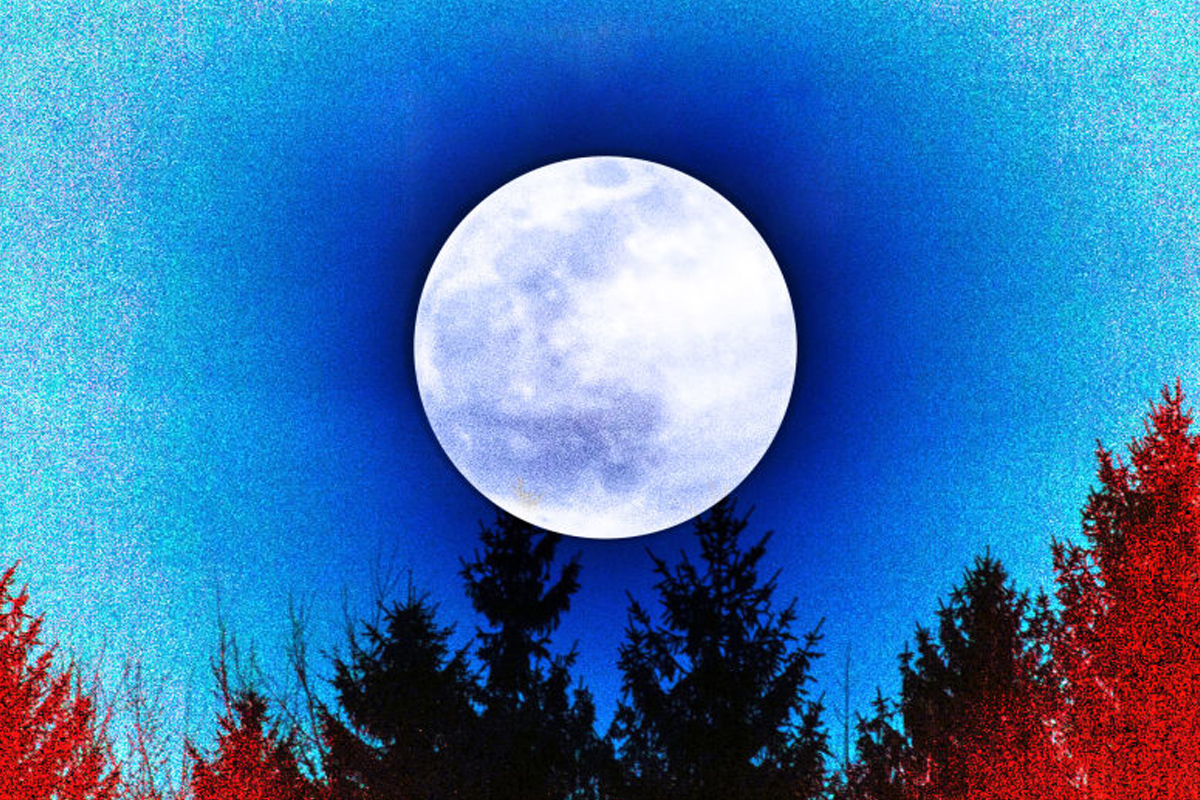August 2023 will be a treat for skywatchers as it brings two supermoons, as reported by USAToday. The second supermoon is particularly special as it’s a rare super blue moon. So, if you enjoy gazing at celestial phenomena, this month is one you wouldn’t want to miss.
SUPER MOON VS. SUPER BLUE MOON: WHAT’S THE DIFFERENCE?
A super moon is when the moon is at its perigee, or its closest distance to the Earth, reports Space.com. The moon’s distance from the Earth isn’t fixed due to its orbit around our planet being in an elliptical pattern. When a moon is at its perigee, it can appear up to 30% brighter than normal and up to 14% larger.
A super blue moon, on the other hand, is a super moon that is the fifth full moon of the season. There are usually four full moons every season, but due to the fact that months have different numbers of days in them, sometimes a fifth full moon of the season will happen at a rate of about one every 2.5 years. This rare fifth full moon of the season is called a blue moon—and when it’s in the perigee phase of its orbit, it’s called a super blue moon.
WHEN DO THE BLUE MOON AND SUPER BLUE MOON HAPPEN?
The first event is a regular super moon on Tuesday, August 1. It will reach its brightest point at 2:31 p.m. EDT, but you’ll have to wait until after sundown to fully enjoy its large and radiant appearance.
The second event, the super blue moon, will take place four weeks later on Wednesday, August 30. At 9:36 p.m. EDT, it will be at its peak brightness, making it a great sight for those on the East Coast. People on the West Coast will still get to witness it, although it might appear slightly less impressive after the sun sets there.
If you have to choose between the two, the super blue moon is the one you should definitely aim to see since it will be closest to sundown in the United States. Don’t miss this opportunity, as the last super blue moon occurred in December 2009, and the next one won’t happen until August 2032.





















